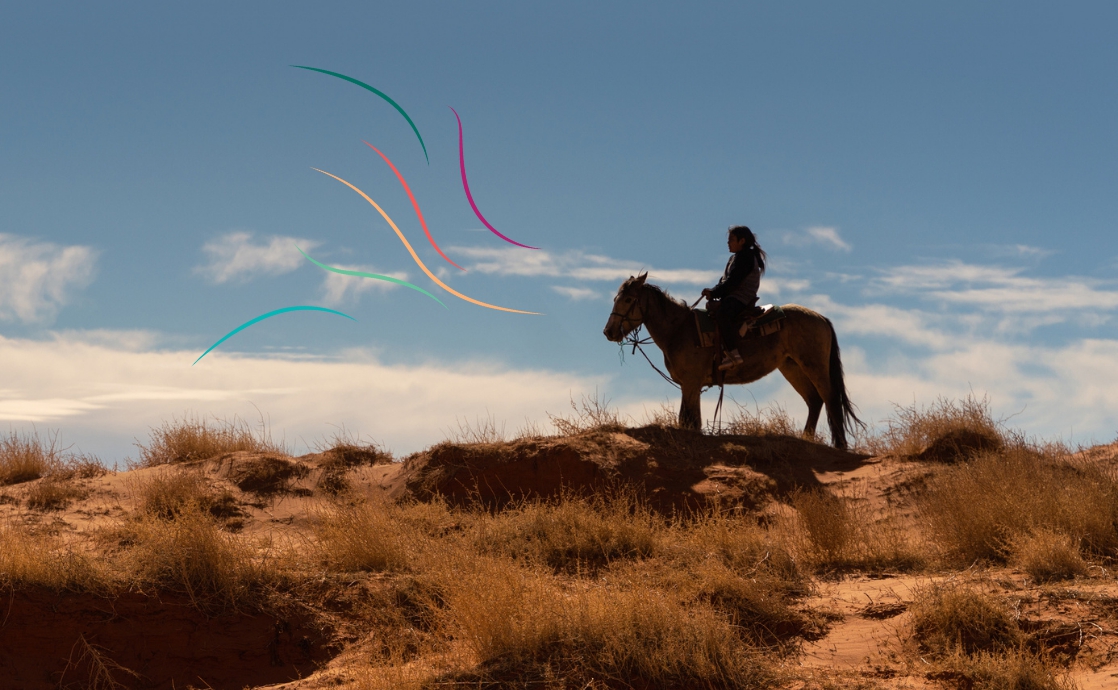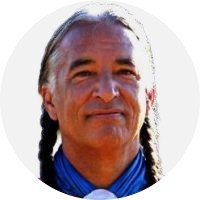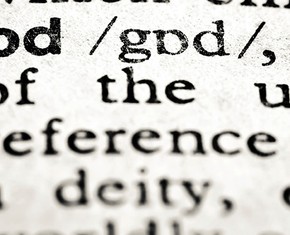The views expressed in our content reflect individual perspectives and do not represent the authoritative views of the Baha'i Faith.
How do we search for the truth in Indigenous spiritual traditions, when so many of the sources can be contradictory and confusing? In this installment of our series, Chris and Kevin explore that question, and make a new discovery.
Q: As a comparative phenomenologist of religions, I have to take primary sources seriously when it comes to the academic and spiritual study of religions.
A: And as Baha’is, Chris, you and I both believe in the primary Baha’i principle of the independent investigation of the truth. As Abdu’l-Baha wrote:
The first [of Baha’u’llah’s teachings] is the independent investigation of truth; for blind imitation of the past will stunt the mind. But once every soul inquireth into truth, society will be freed from the darkness of continually repeating the past.
RELATED: Kuksu and Marumda: What Defines an Indigenous Holy Messenger?
Q: Kevin, you and I have talked about the importance of carefully checking our sources throughout this series. Taking the Indigenous messenger Kuksu as an example, in one article, “The Creation Myth of the Pomo Indians,” the lead author Jaime de Angulo wrote that he recorded the myth during the course of a study of the Pomo language:
The man who dictated the text to me is William Ralganal Benson, hereditary chief of the “Stone people” and “Water-lily people”. These two groups, or sub-tribes of the Pomo, lived on the shores of Clear Lake in California. …
The authenticity of the present document is, I believe, not open to doubt. My informant is a man of seventy, exceptionally well informed concerning all the customs and ceremonials of his people, and in the preservation of which he has always taken special interest. A man of great intelligence, he learned by himself to read and write English, and in the course of many years of contact with anthropologists he has learned to appreciate the value of accuracy. He himself wrote down the present myth on a typewriter in his own language, and it was from that draft that he dictated to me. …
His [Marúm’da’s] older brother, Kuksu, is the same personage who initiates the boys every year (the ceremony has not been performed in the last fifty years). He wears a mask made of black feathers. I [sic: it] might better be called a hood for it covers the whole head and shoulders. From the forehead comes a horn-like projection made of white feathers. This Kuksu (sometimes there may be two, three, or even four Kuksu’s) emerges from the woods, armed with a long pole. At the sight of him the boys scattered in all directions. The Kuksu ran after them, tripped them up with his long pole, herded them into the dance-house, herded them around the center-post. Then he went around them four times. Then he sat down and the singers sang a song. Then the Kuksu ran out of the house and disappeared into the woods. That is all that is known of this mysterious personage, except that he was one of the two creators of the world, according to this tale.
William Ralganal Benson is the Indigenous person who told this story. His photograph, along with a brief biography, was published online by the University of California Press. (See photograph on p. 262.)
On another level, Benson’s recounting of the creation story may be heard as an extended and unabashed love song to Marumda, the Eastern Pomo Creator. But the real take-away from this narrative, so far as I can tell, is that it was Kuksu’s younger brother, “Old Man” Marumda, who taught the Pomo most everything they know and practice as part of their culture. This explanation, from Herbert Luthin’s article on “The Creation Myth of the Pomo Indians” in a 1932 issue of Anthropos, details Marumda’s teachings:
… Thus sitting on top of a mountain spoke the Marumda. Thus he instructed everything on the earth. How they were to behave, what they were to eat, where they were to live, he told them that way, everything. That’s what he called them together for. … This is the tale that I heard when I was little, when I was a boy.
This conclusion appears to be confirmed by others, including Edwin M. Loeb, who wrote “The Creator Concept among the Indians of North Central California” in the American Anthropologist in 1926:
After Marumda had destroyed as much as he desired, he took away from the people the power of changing their forms. From that time on the people were real people, and could no longer become animals; the animals were real animals, and could no longer become people.
This conclusion is also borne out by Luthin in Surviving through the Days: Translations of Native California Stories and Songs. A California Indian Reader:
In some creations, such as the first, Marumda’s instruction is limited to basic survival skills, like what foods to eat and how to prepare them; in others, such as the third and fourth, in addition to survival instruction, Marumda sets up key social and governmental institutions.
RELATED: A Luminary of Knowledge for Every Land
So, Kevin, based on the sacred Indigenous sources and scholarly commentaries cited above, would you agree that the figure of Marumda fits better with our working concept of Indigenous messengers of God than does Kuksu? If so, do you think that Patricia Locke — and Vinson Brown as well – would likely agree?
A: The dichotomy between these two beings seems roughly analogous to that found in the Arikara distinction between the more distant, detached Supreme Being and the more accessible and personalized Mother Corn. In this sense, Marumda definitely fits the role of messenger and manifestation of divine teachings and attributes. It’s wonderful that both my mother, Patricia Locke, and Vinson Brown devoted so much to creating a broader awareness of this luminous Indigenous heritage.
Q: Thanks for your thoughts on this, which lead to an important point that this article demonstrates, the fundamental Baha’i teaching of the “independent investigation of truth” — or, in short, “search after truth.” This principle, when expressed as a dynamic Baha’i teaching, can be read as a complete sentence, exhorting each of us to “Search after truth!” As Abdu’l-Baha stated in two different talks he gave in the United States in 1912:
First among the great principles revealed by Him is that of the investigation of reality. The meaning is that every individual member of humankind is exhorted and commanded to set aside superstitious beliefs, traditions and blind imitation of ancestral forms in religion and investigate reality for himself. Inasmuch as the fundamental reality is one, all religions and nations of the world will become one through investigation of reality. The announcement of this principle is not found in any of the sacred Books of the past. …
Another new principle revealed by Baha’u’llah is the injunction to investigate truth — that is to say, no man should blindly follow his ancestors and forefathers. Nay, each must see with his own eyes, hear with his own ears and investigate the truth himself in order that he may follow the truth instead of blind acquiescence and imitation of ancestral beliefs.
So, in our independent investigation of Indigenous traditions regarding Kuksu, we came to an unexpected conclusion – that Kuksu’s brother, Marumda, probably fits better with our working concept of Indigenous messengers of God, as a wisdom bearer and Wise One in the sacred Pomo traditions. Hard to say, but I think that Patricia Locke would probably end up agreeing with our conclusion as well.
In our next article, I’ll ask you about a theory regarding people as animals, and animals as people, in relation to a concept called “Distant Time.”

















Comments
Sign in or create an account
Continue with Googleor